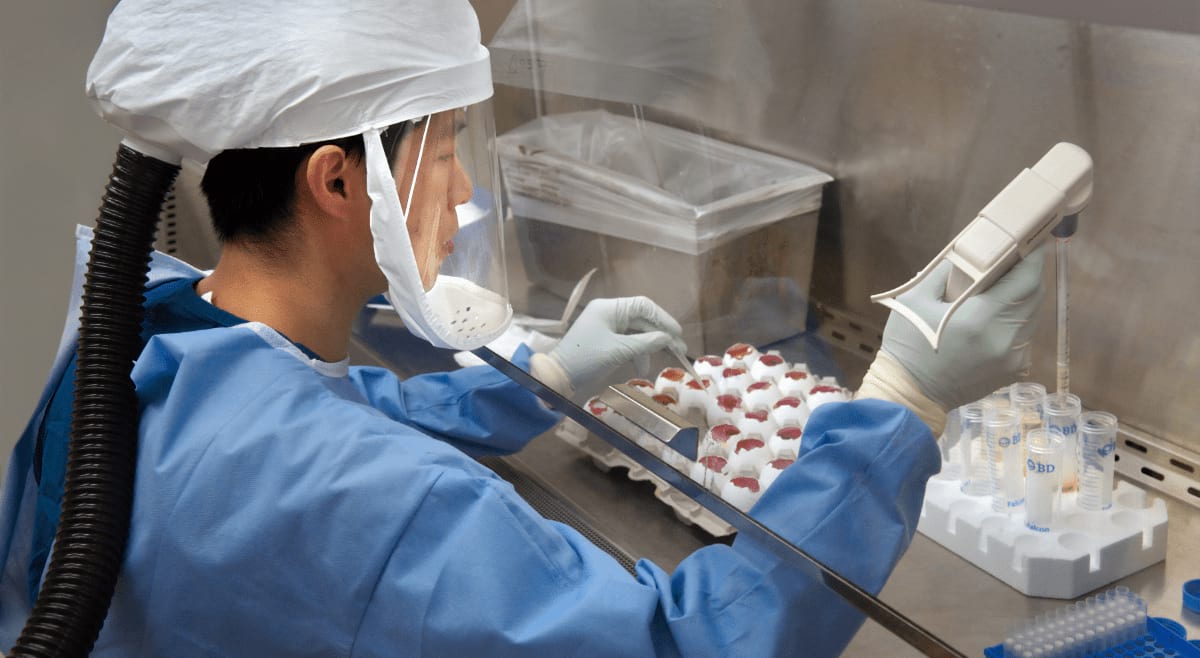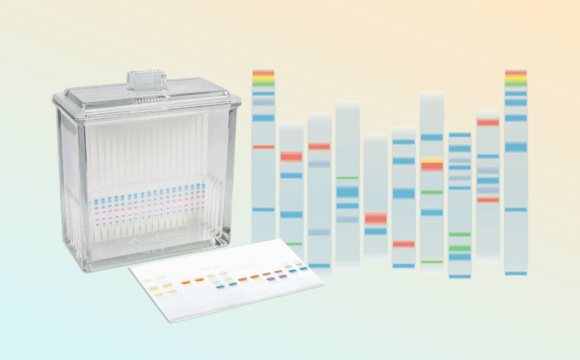Are you wondering aseptic environment that suits you best for working with your experimental samples? Whether you should go for a Laminar Airflow or opt for a Biosafety cabinet? Whether it is your test samples you are looking for a sterile environment or you are working with an extremely contagious sample and concerned for your own safety as well?
We can assure you that you will get all your answers by the time you end up reading this article.
Before we reach any conclusions let’s what is a biosafety cabinet and a laminar airflow and how both of them are different from each other.
Working with Laminar Air flow
A Laminar Airflow, as defined in a previous Biomall article, is a sterile bench cabinet that passes filtered air through HEPA filters while maintaining a constant velocity in a particular direction. The unchanging direction is the key that avoids cross-contamination.
The continuous air blowing across the Laminar hood maintains sterility inside the hood that makes it an extremely suitable environment to work with cultures that can be only maintained under a clean and sterile environment.
Laminar Air Flow: How the system works?

A Laminar Air Flow contains a High-Efficiency Particulates Air Filter (HEPA), along with a fan and a filter pad. Air is blown from the filter pad towards the fan, leaving behind all the particulate matters. The partially filtered air then passes through the HEPA filters that eliminate the micro-organisms and other smaller particles. This completely sterile air then flows on the workbench and allows contamination-free conduct of the experiment.
Laminar Airflow is available in two designs based on the location of HEPA filters. They are:
Vertical Laminar Air Flow

In the Vertical System, the HEPA filter is located on the top of the workbench. The air blows on the workbench from the top and passes out from the holes present on the Hood’s base. It is not blowing directly towards the operator and therefore, the operator also remains safe while the experiment runs under sterile conditions.
Horizontal Laminar Air Flow

In the Horizontal System, The HEPA filters are located on the rear side, at the back of the workbench. In these types of hood, the air blows across the workbench and it comes in contact with the user as well.
Working with Biosafety Cabinets
Biosafety Cabinets are similar to the Laminar Air Flow cabinets. They too contain HEPA filters but there is one dissimilarity that Biosafety Cabinets offers complete protection to the users against harmful pathogens, since the contaminated air is filtered before it can come in contact with the users.
Based on the risk factor there are three Biosafety Cabinet Designs available. They are:
Biological Safety Cabinets Class I

Class I biosafety cabinets are used when an operator works with low to medium risk biological organisms. It provides operator protection along with a sterile work environment. In this cabinet air from outside is drawn inside via the front opening present in the cabinet, which then passes to the HEPA filter that eliminated the pathogens and discharges sterile air on the workbench. There is a glass window between the user and the workbench that only allows the hands of the users to reach the workbench.
Biological Safety Cabinets Class II

Class II biosafety cabinets are also used when an operator works with low to medium risk biological organisms. Apart from the sterile work environment and operator protection it also provides product protection. The open front draws the air by ensuring personal safety. The air gets circulated and filtered before it is blown to the workbench.
Biological Safety Cabinets Class III

Class III biosafety cabinets are often termed as Glove Box. It is built to work with Biosafety Level 4, an extremely infectious organism, and provides a topmost level of protection to the user, product, and environment. These types of cabinets are completely enclosed to make sure no particle finds its way out into the room. The operators can access their samples via heavy-duty rubber gloves attached to the cabinet.
It is completely based on the aim and objectives of your experiment That will help you decide which laboratory hood serves your purpose well. It also depends on what type of biological organisms you are working on along with assessing their risk factors. An operator is definitely going to choose a Biosafety Cabinet if the object of their experiment is a deadly contagious virus. But it is okay to work with laminar airflow if the organism is non-pathogenic. Other than Biosafety Cabinet and Laminar Airflow, there is another type of hood, known as fume hood, but it is mostly used when dealing with a toxic or volatile chemical as it eliminate the toxic vapors and mists before it can reach the operator.
Visit here to buy your laboratory hood : https://www.biomall.in/category/lab-furniture
References:
- https://blog.biomall.in/things-to-know-about-laminar-air-flow/
- https://www.labogene.com/Biological-Safety-Cabinets
- https://www.lamsys.com/laminar_flow_hoods_and_biological_safety_cabinets/
- https://www.airscience.com/briefs/briefnum/9/vertical-laminar-vs-bsc
- https://microbeonline.com/biological-safety-cabinet-bsc-types-working-mechanism/










